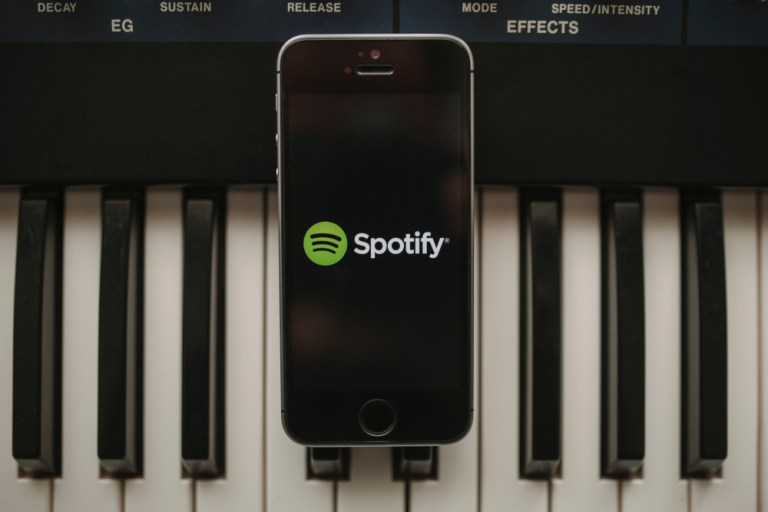
Spotify’s paid members now number 87 million — a 40 percent year-over-year (YoY) increase from 2017.
The music-streaming service announced in its third quarter results on Thursday (Nov. 1), revealing an increase of 4 million paid users in Q3 and an additional 25 million paid customers within the past year. The company also highlighted that users who opt in to the free model of the service now number 109 million — a 20 percent boost from a year ago.
Spotify’s growth is expected to continue. The company estimates that paid subscriptions will hit somewhere between 93 million and 96 million by the end of the fourth quarter.
As Fortune pointed out, Spotify’s numbers are higher than Apple Music’s 43.5 million paid subscribers.
“Growth continues to be healthy across our Family and Student plans, and the strong retention characteristics of this base continue to drive churn lower,” the company said in a statement.
In the same report, Spotify also announced a partnership with Google, where Spotify will offer Google Home Mini speakers to Family plan master accountholders in the U.S. during the holiday season.
Earlier this month, a new study found that the smart speaker and music streaming markets are becoming more interdependent. The data revealed that music services such as Spotify, Apple Music and Pandora are picking up a larger share of music consumption, and that an estimated 14 percent of the U.S. population now owns a smart speaker, such as Google Home, Apple HomePod and Amazon Echo. In addition, 43 percent of smart speaker owners also use on-demand streaming services, with 37 percent purchasing subscriptions after buying a speaker.
AudienceNet noted that “43 percent of smart speaker owners also agreed that using their device increased the amount of music playlists they listen to, while around 40 percent discovered more music and 38 percent listened to a broader range of music than they did previously.”
Additionally, 73 percent of smart speaker owners said having the device has “changed the way they listen to music,” with half saying they listened to more music and spent more time listening since buying their device.